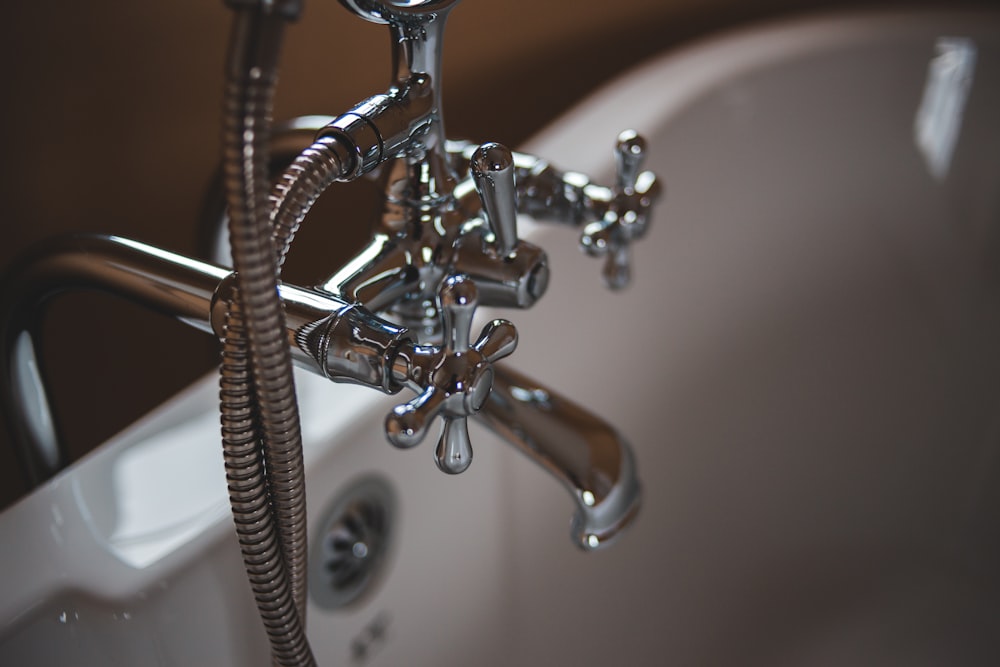Mastering the Art of Gas Pipe Installation Understanding the Importance of Safety Gas pipe installation is a crucial aspect of...
plumbing
Expert Plumbing Solutions for Your Home Dependable Plumbing Services When it comes to maintaining your home, few things are as...
Toilet Bolts: Essential Components for Secure Installation Understanding the Role of Toilet Bolts Toilet bolts may seem like minor components...
Expert Tips and Techniques for Unclogging Your Toilet Is there anything more frustrating than a clogged toilet? It's a household...
Revamp Your Bathroom with a Sink Replacement Is your bathroom feeling a bit dated? Are you tired of looking at...
Navigating the Troubles of a Clogging Toilet: Effective Solutions Understanding the Causes A clogging toilet can be a frustrating and...
Upgrading Your Bathroom: Tub Faucet Replacement Made Easy Are you tired of that old, leaky tub faucet bringing down the...
Upgrade Your Bathroom with Bathtub Drain Replacement Essential Preparations Before diving into bathtub drain replacement, it's crucial to prepare adequately....
Essential Plumbing Tools Every DIY Enthusiast Needs Getting Started with the Basics When it comes to tackling plumbing projects at...
Revolutionizing Sink Drains: The Pop-Up Solution Efficiency and Style Combined When it comes to sink drains, functionality and aesthetics are...
Essential Kitchen Plumbing Upgrades for Modern Homes Streamlining Your Kitchen Plumbing System In the hustle and bustle of daily life,...
Maintain Your Septic System with Roebic Tank Treatment Septic tanks are an essential component of many homes, responsible for safely...

















